Chapter 2: Two-Dimensional Kinematics - Review Terms
1/41
There's no tags or description
Looks like no tags are added yet.
Name | Mastery | Learn | Test | Matching | Spaced |
|---|
No study sessions yet.
42 Terms
Two-Dimensional Motion
Motion that occurs in a plane, involving both horizontal and vertical components.
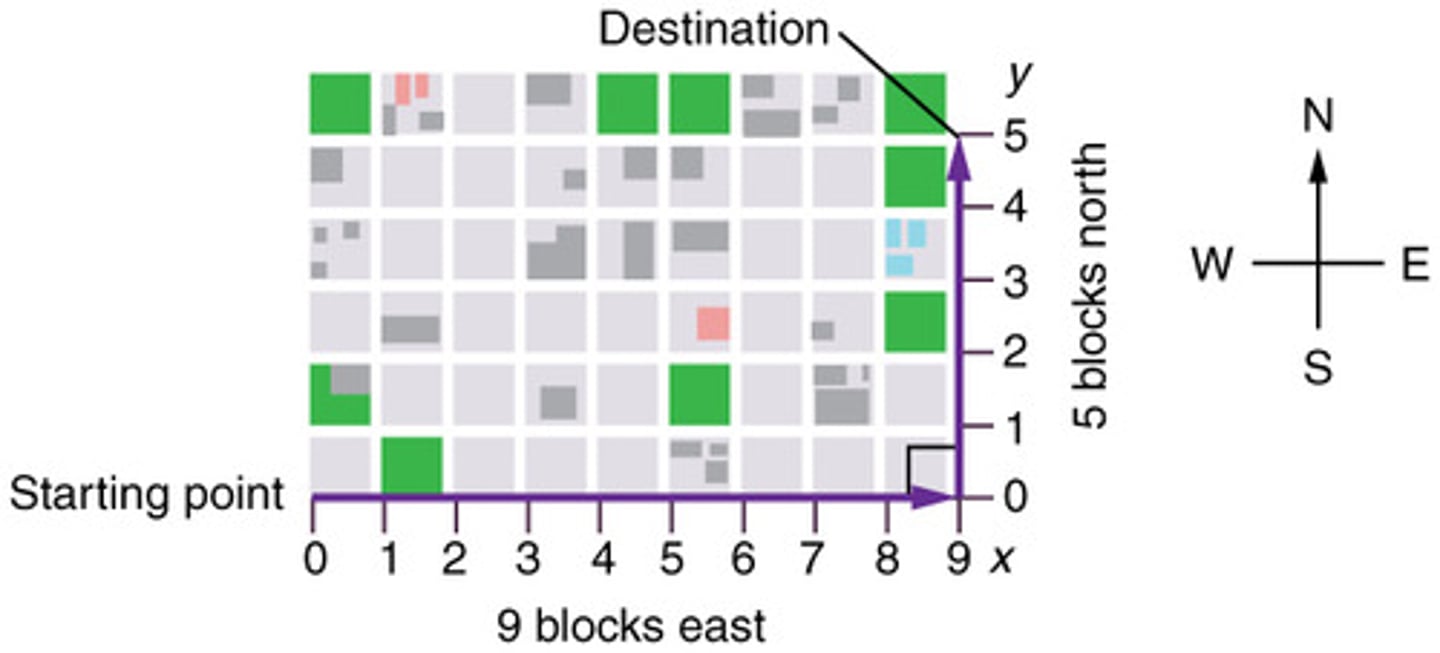
Independence of Motion
The concept that horizontal and vertical components of motion are independent of each other.

Projectile Motion
The motion of an object thrown or projected into the air, subject to only the acceleration of gravity.
Resolving Vectors
Breaking down a vector into perpendicular components, typically horizontal and vertical.
Horizontal Component
The part of a vector that runs parallel to the horizontal axis.
Vertical Component
The part of a vector that runs parallel to the vertical axis.
Vector
A quantity that has both magnitude and direction, such as displacement, velocity, acceleration, and force.
Magnitude
The size or length of a vector, often represented by the length of an arrow in graphical representations.
Direction
The orientation of a vector in space, often specified relative to a reference frame or coordinate system.
Head-to-Tail Method
A graphical method for adding vectors by placing the tail of each subsequent vector at the head of the previous vector.

Resultant Vector
The vector that represents the sum of two or more vectors, drawn from the tail of the first vector to the head of the last vector in a head-to-tail addition.
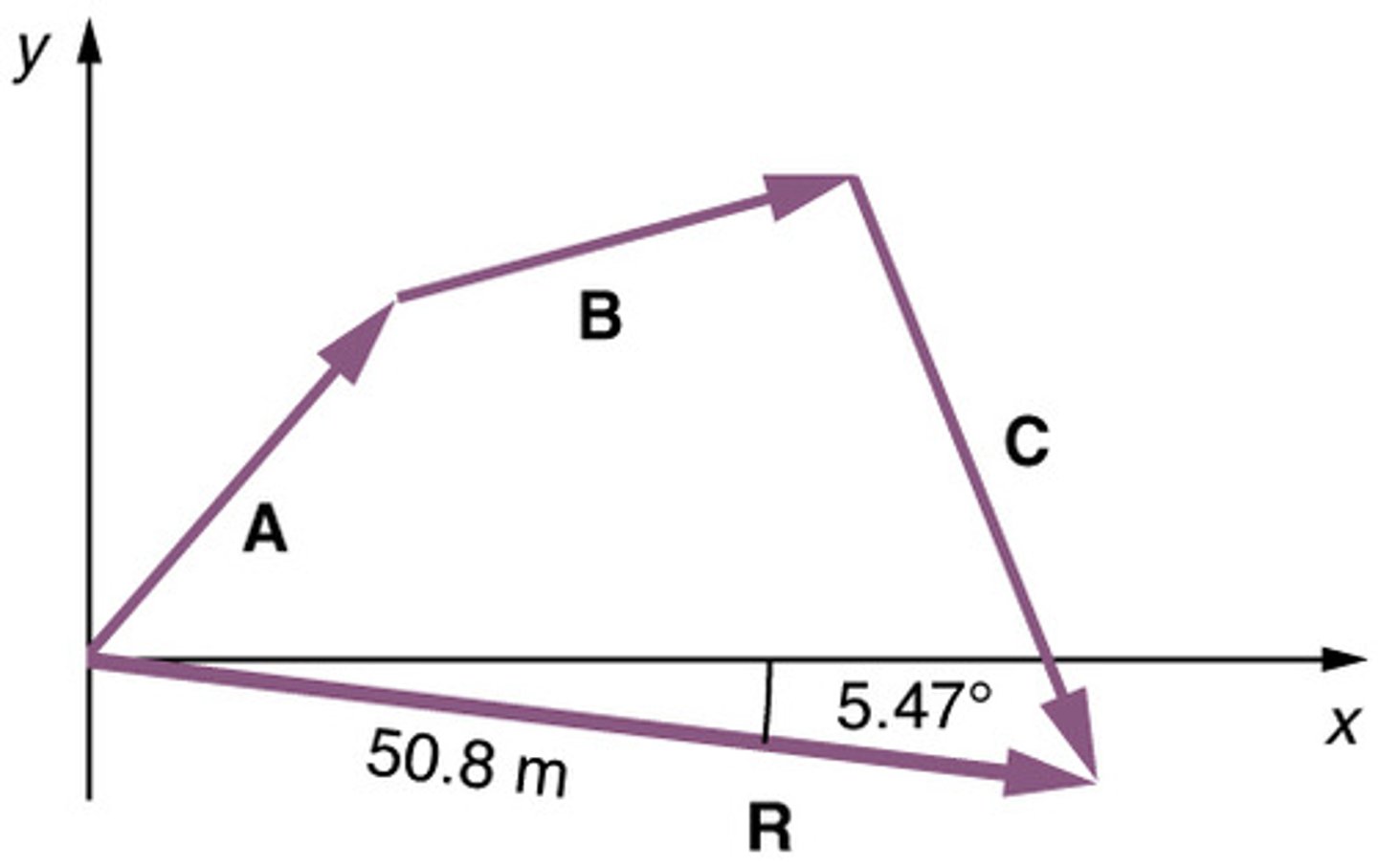
Vector Addition is Commutative
The property that vectors can be added in any order and the resultant will be the same, i.e., A + B = B + A.
Vector Subtraction
The process of adding a negative vector, where the negative of a vector has the same magnitude but opposite direction.
Negative of a Vector
A vector with the same magnitude as the original but in the opposite direction.
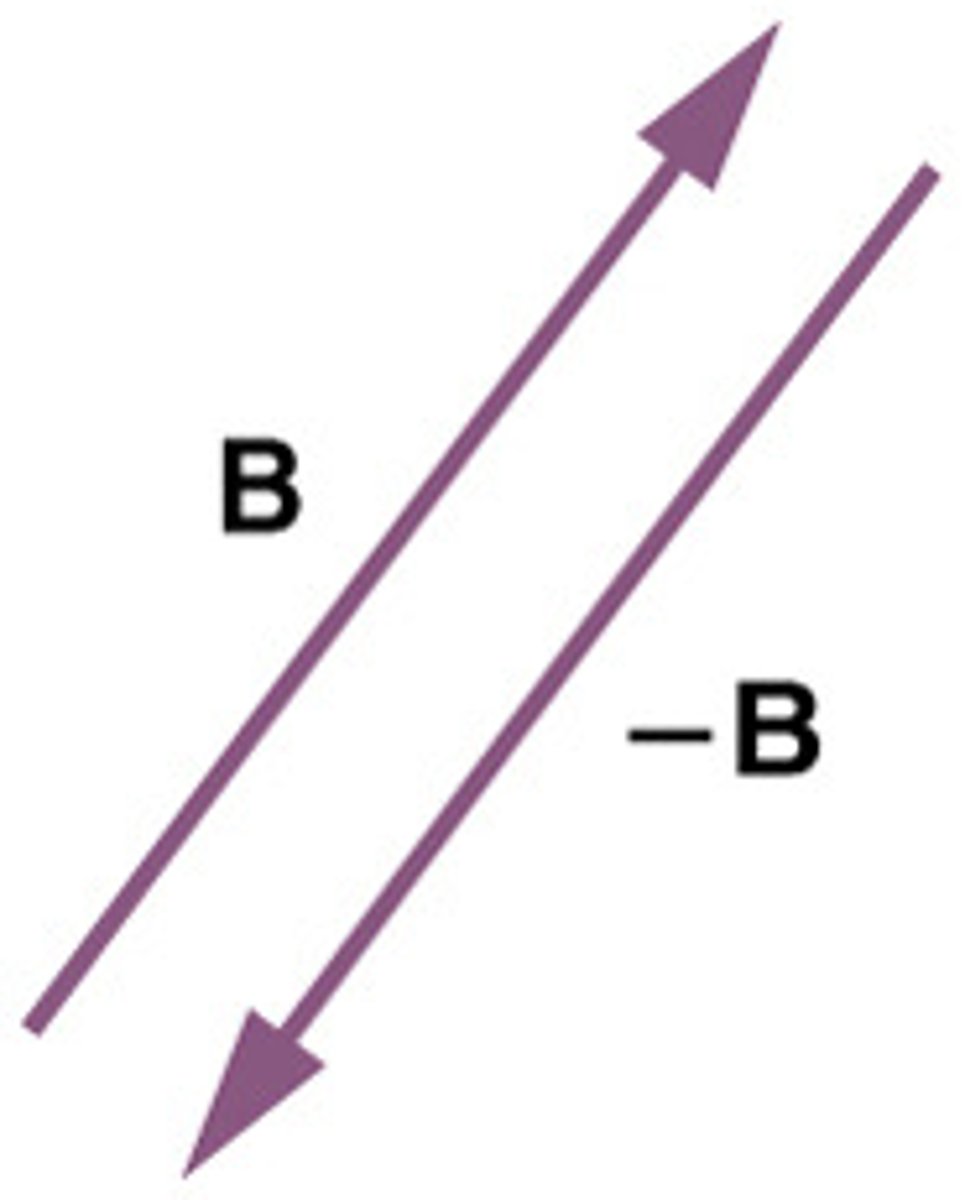
Multiplication of Vectors by Scalars
The process of changing the magnitude of a vector by a scalar, which can also reverse the direction if the scalar is negative.
Resolving a Vector into Components
The process of breaking a vector into perpendicular components, such as x and y components, often using right triangles.
Analytical Methods
Techniques that use geometry and trigonometry to add or subtract vectors, providing more precision than graphical methods.
Perpendicular Components
The components of a vector that lie along the x- and y-axes, which can be used to simplify vector addition and subtraction.
Pythagorean Theorem
A mathematical equation relating the lengths of the sides of a right triangle: A = √(Ax² + Ay²).

Magnitude of a Vector
The length or size of a vector, calculated using the Pythagorean theorem for its components.
Direction of a Vector
The angle a vector makes with a reference axis, often calculated using the inverse tangent function.
Resultant Vector
The vector sum of two or more vectors, representing the combined effect of the vectors.
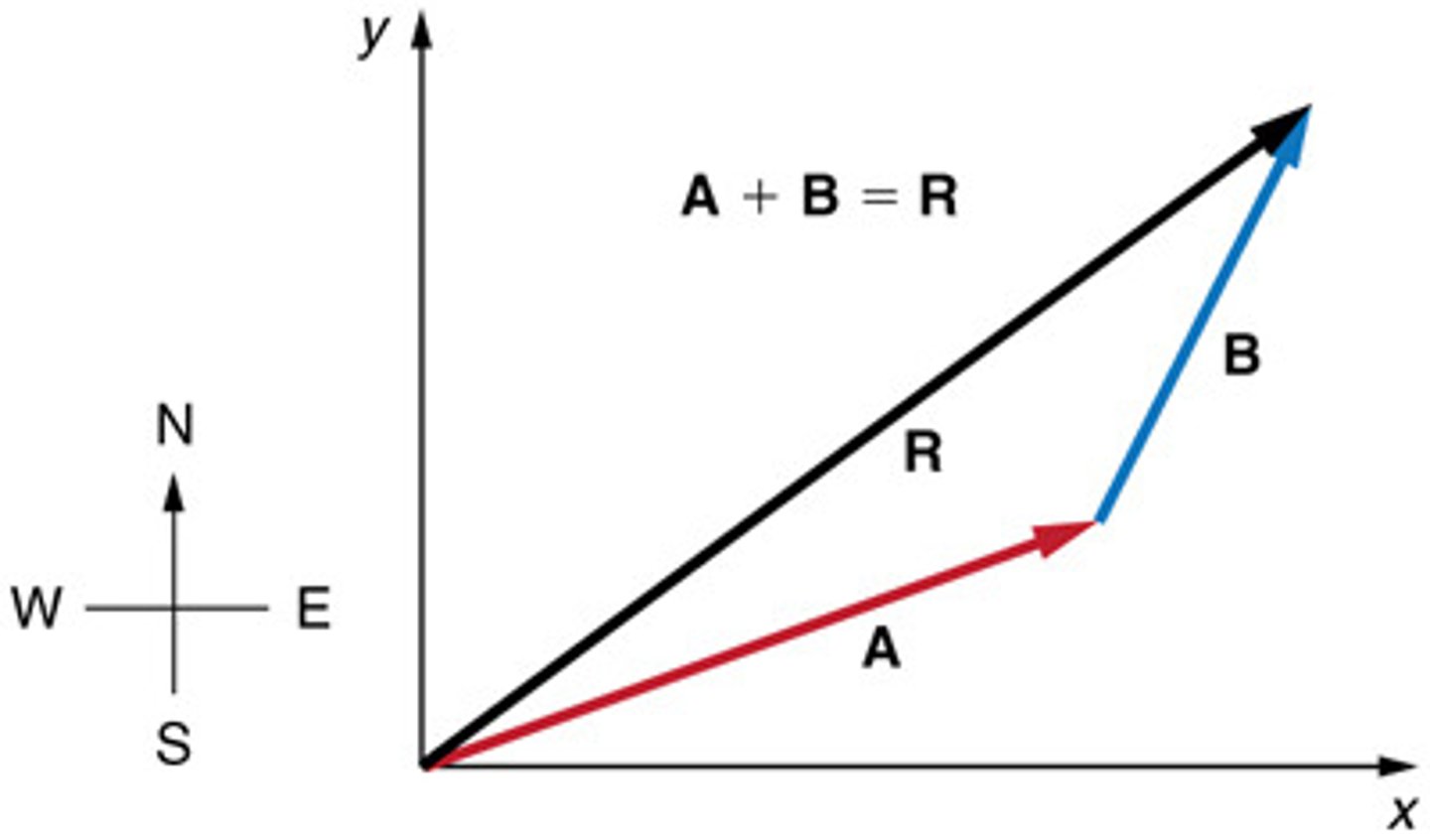
Resolving a Vector
The process of breaking a vector into its perpendicular components along the x- and y-axes.
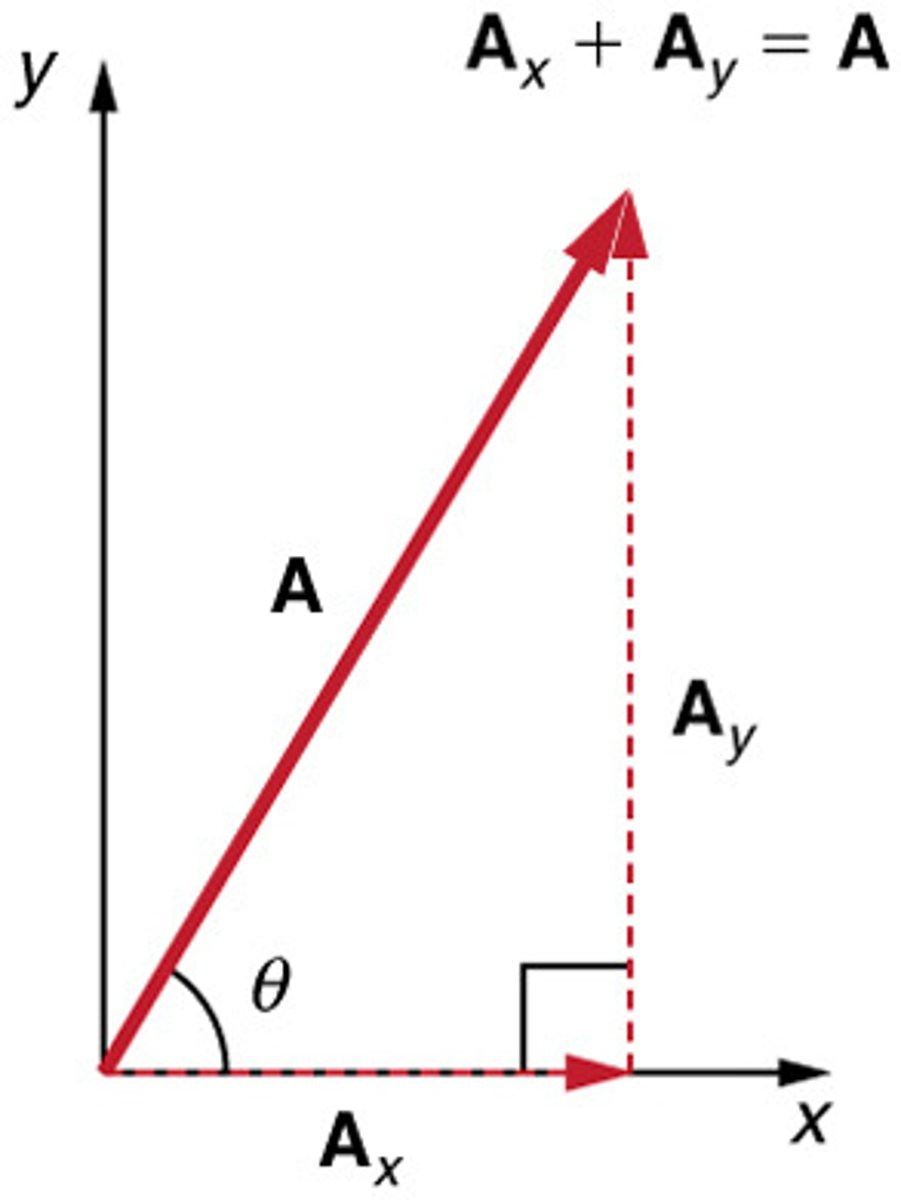
Projectile Motion
The motion of an object thrown or projected into the air, subject to only the acceleration of gravity. The object is called a projectile, and its path is called its trajectory.

Independence of Motion
The concept that motions along perpendicular axes are independent and can be analyzed separately.
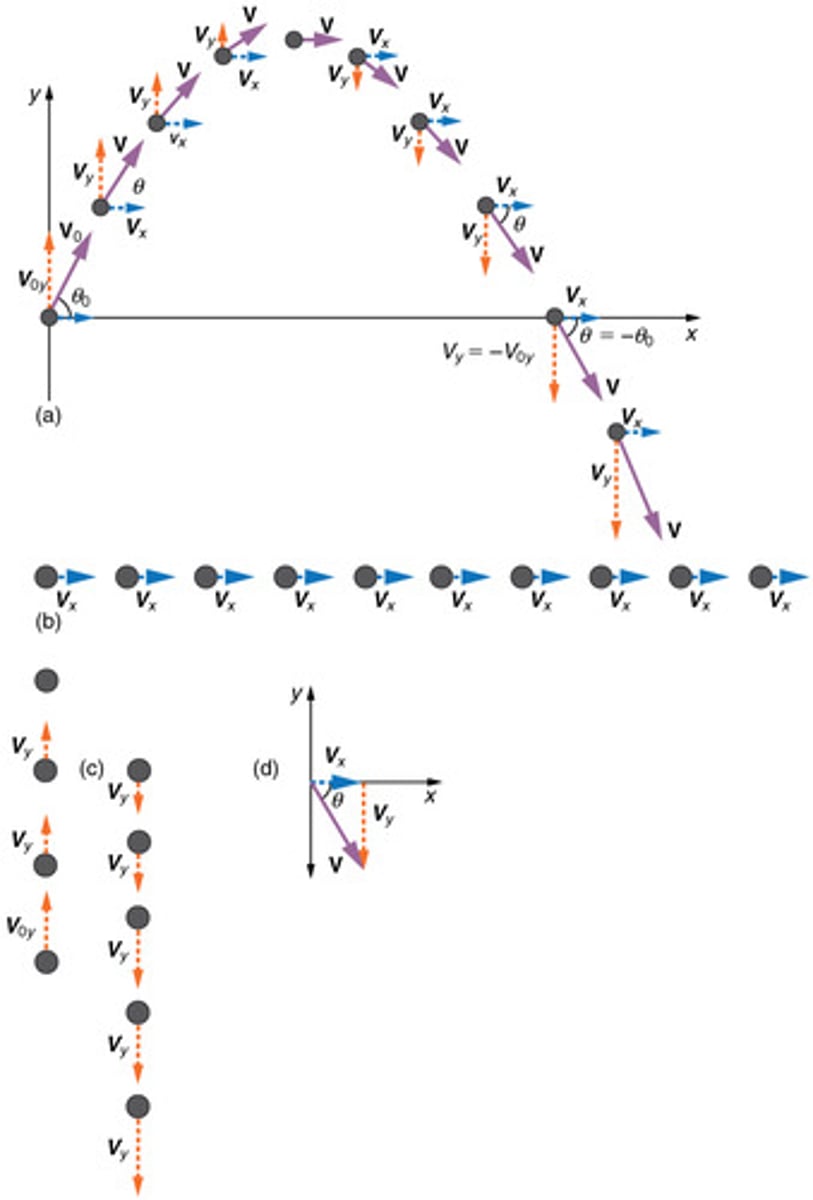
Acceleration due to Gravity
The acceleration of an object in free fall, resulting from the influence of Earth's gravity, typically -9.80 m/s².
Horizontal Motion
Motion along the horizontal axis where acceleration is zero when air resistance is negligible.
Vertical Motion
Motion along the vertical axis where acceleration is due to gravity, typically -9.80 m/s².
Maximum Height
The highest point in a projectile's trajectory, reached when the vertical component of velocity is zero.
Range
The horizontal distance traveled by a projectile on level ground, assuming negligible air resistance.

Kinematic Equations
Equations that describe the motion of objects under constant acceleration, used to solve for displacement, velocity, and time.
Initial Velocity Components
The horizontal and vertical components of the initial velocity of a projectile, calculated using trigonometric functions.
Time of Flight
The total time a projectile is in the air.
Vector Addition
The process of combining vectors to determine the resultant vector, used to find total displacement and velocity in projectile motion.
Projectile Range Equation
R = (v₀² sin 2θ₀) / g, where R is the range, v₀ is the initial speed, θ₀ is the launch angle, and g is the acceleration due to gravity.
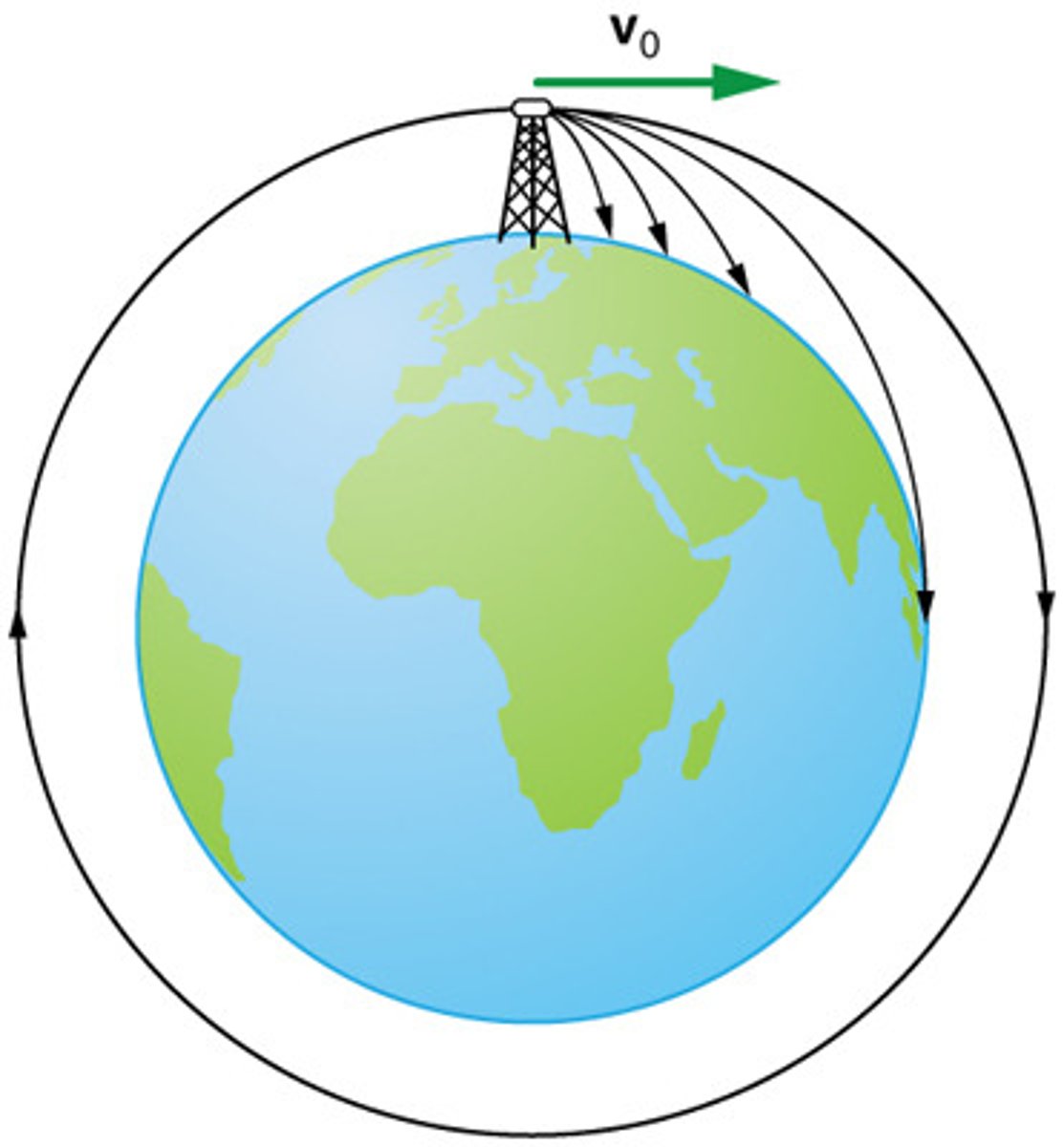
Relative Velocity
The velocity of an object as observed from a particular reference frame, which may differ from its velocity relative to another reference frame.
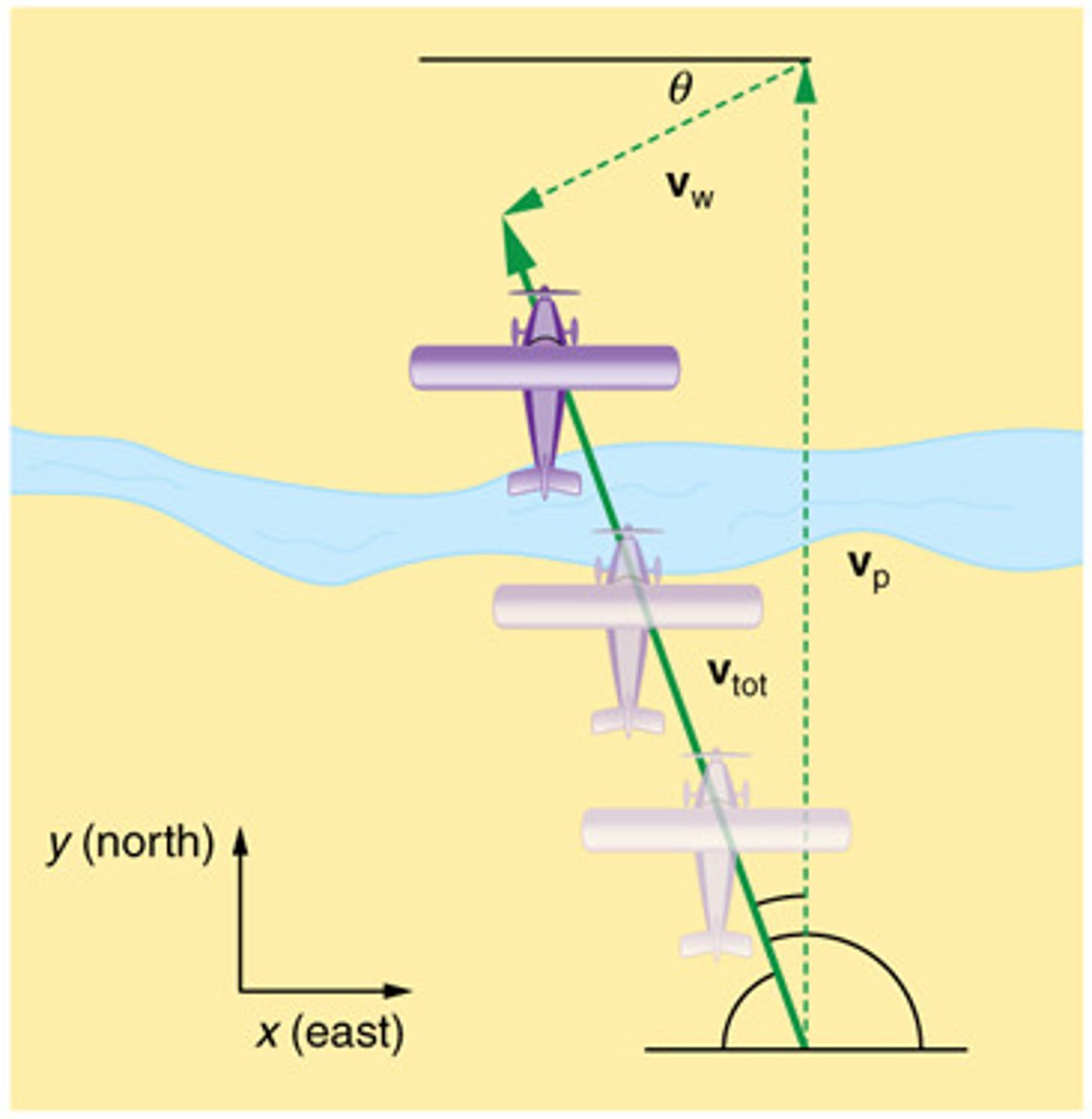
Vector Addition
The process of combining vectors to determine a resultant vector, which involves adding their magnitudes and directions.
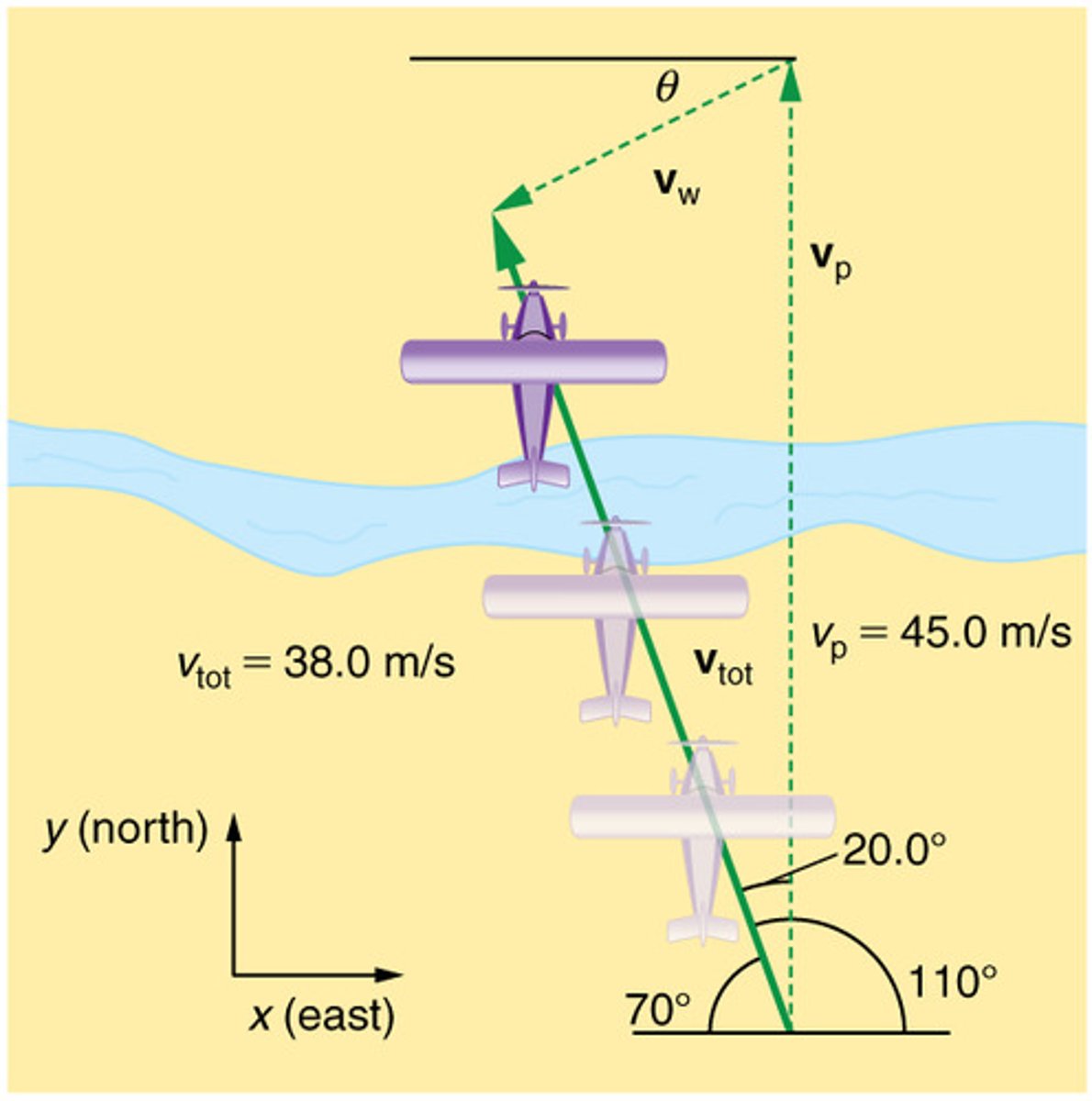
Projectile Motion
The motion of an object thrown or projected into the air, subject to only the acceleration of gravity.
Analytical Methods
Techniques used to calculate vector sums using algebraic equations, often involving trigonometric functions.
Graphical Methods
Techniques used to determine vector sums by drawing vectors to scale and using geometric methods.
Resultant Velocity
The vector sum of two or more velocities, representing the overall effect of the combined velocities.
Reference Frame
A coordinate system or viewpoint from which measurements are made, affecting the observed values of velocity and other quantities.